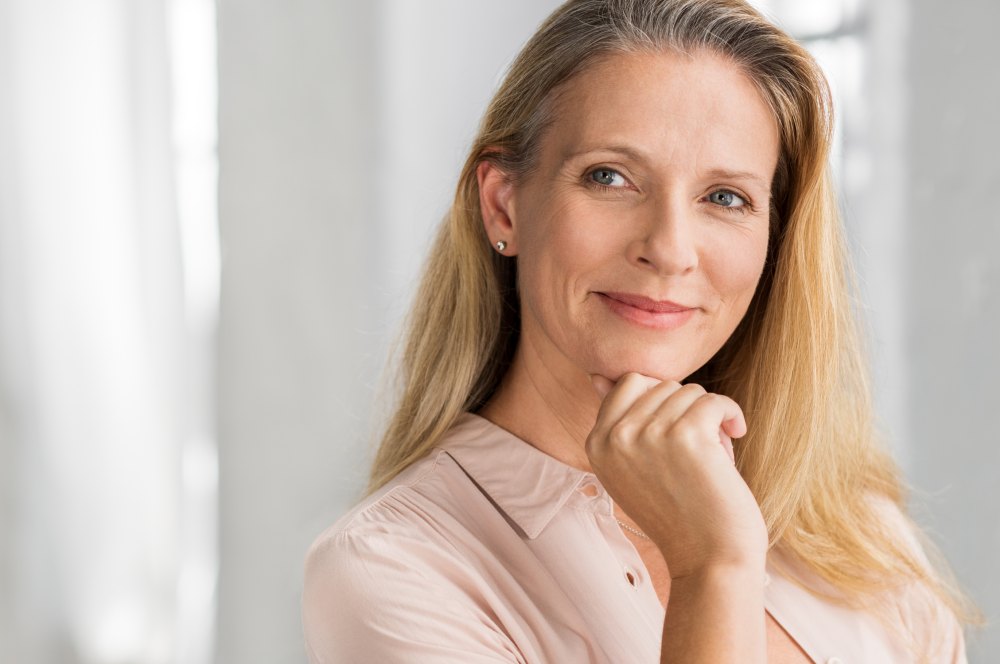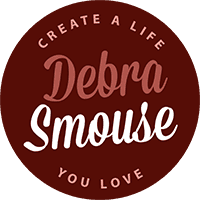Aging can feel like a mixed bag. One day you’re glowing from a yoga class and a green smoothie. Next, your joints are stiff, your sleep is off, and your energy feels like it’s hiding. But midlife doesn’t have to mean a slow fade. It can be a season of strength, clarity, and renewed vitality if you’re open to exploring the right support.
That’s where things like online peptide therapy are starting to catch the attention of wellness-minded women. It’s not just about chasing youth. It’s about supporting your body in smarter, science-backed ways that actually fit into your life.
What Are Peptides and Why Do They Matter?
Let’s break it down simply. Peptides are short chains of amino acids, basically tiny messengers that tell your body what to do. Some help build muscle. Others boost collagen. Some assist with hormone regulation or cell repair.
As we age, our natural peptide production drops. That’s partly why energy dips, skin gets thinner, and sleep becomes more elusive. Peptide therapy steps in to supplement what’s missing, gently encouraging your body to keep doing what it once did naturally.
Think of it like giving your system a helpful nudge, not a total overhaul.
Common Concerns Midlife Women Face (That Peptides May Help)
If you’re in your 40s, 50s, or beyond, you might notice certain patterns creeping in. Some feel subtle. Others can be frustrating. Here are a few common ones where peptide therapy may lend a hand:
-
- Fatigue: You’re sleeping, but still waking up tired. Peptides like MOTS-c and BPC-157 have been studied for their potential to improve mitochondrial function and overall recovery.
- Poor sleep: Some peptides appear to support circadian rhythm and sleep regulation, helping you stay asleep longer.
- Skin changes: Collagen loss can lead to sagging, dryness, and fine lines. Certain peptides support skin elasticity and hydration from within.
- Stiff joints or slow recovery: Whether you’re an active walker or just want to get through the day pain-free, peptides may help with inflammation and healing.
No, they’re not magic bullets. But when combined with good habits like movement, hydration, and rest, they can be powerful tools.
Why Online Therapy Makes It Easier
Let’s be real: busy women don’t need one more errand, appointment, or time suck. That’s why the rise of virtual wellness programs is a game changer.
Online peptide therapy programs usually start with a quick video consult and some bloodwork. After that, everything from treatment planning to delivery happens from home. You don’t need to figure out dosages or go down confusing internet rabbit holes. A medical team does that for you.
It’s kind of like having a wellness concierge with a science degree.
Plus, with secure online follow-ups and auto-shipping options, you’re not stuck juggling prescriptions or second-guessing your progress. It’s a streamlined way to support your health without overcomplicating your life.
Choosing a Program That Feels Safe and Supportive
Not all peptide programs are created equal. And while convenience is great, safety still matters. Here are a few things to look for when considering online therapy:
-
- Licensed medical oversight: You want professionals involved, not influencers with discount codes.
- Lab testing: Your protocol should be based on real data, not guesswork.
- Pharmacy-grade peptides: These should be sourced from certified compounding pharmacies, not mystery vials.
- Ongoing check-ins: Your needs will change. So should your plan.
If a program feels rushed, vague, or too good to be true, trust your instincts and keep looking.
What It Feels Like to Start Therapy (Real Talk)
Starting anything new, especially something that involves your body, can feel a little weird at first. Some women worry it’s too science-y or too much. Others feel nervous about the idea of injections or hormone talk.
Here’s what you should know: most online peptide programs explain everything in plain language, and many use subcutaneous injections that are nearly painless. Plus, once you see results, often in a few weeks, those initial worries tend to fade.
Most women report gradual improvements, like more energy in the morning, better sleep patterns, skin that feels plumper, or fewer aches after workouts. It’s subtle but real.
And since protocols can be adjusted over time, it’s not a one-size-fits-all deal.
Combining Peptide Therapy with What You Already Do
Here’s the best part: you don’t have to overhaul your life to try peptides. You can keep your favorite morning smoothie, your daily walk, your journaling routine.
Peptide therapy works best when it complements what you’re already doing to feel good. A few tweaks might amplify the benefits:
-
- Stay hydrated: Peptides are more effective when your cells aren’t thirsty.
- Keep moving: Gentle exercise improves circulation and supports regeneration.
- Prioritize sleep: Let your body rest and repair.
- Eat whole foods: The cleaner your fuel, the better your results.
You’re not starting from scratch. You’re just building on what you’ve already got.
When It Might Not Be the Right Fit
While many women benefit from peptide therapy, it’s not ideal for everyone. If you’re pregnant, dealing with certain autoimmune conditions, or taking specific medications, you’ll want to speak openly with your provider.
That’s why guided programs are helpful. You get clear answers instead of guessing.
Reclaiming Your Energy, Your Way
Midlife can be a turning point, but it doesn’t have to be a downturn. With the right tools, you can feel strong, steady, and connected to your body again.
Online peptide therapy isn’t a trend. It’s one of many options available to women who are tired of feeling tired. If it resonates, it might be worth exploring.
You deserve care that keeps up with your life, not care that slows you down.
Caring for yourself helps you live a happier life
Snag a free workbook and get inspiration on all the ways to love your life even more.
>>Click Here to Discover Additional Articles with Strategies to Get Your Life Back on Track <<









